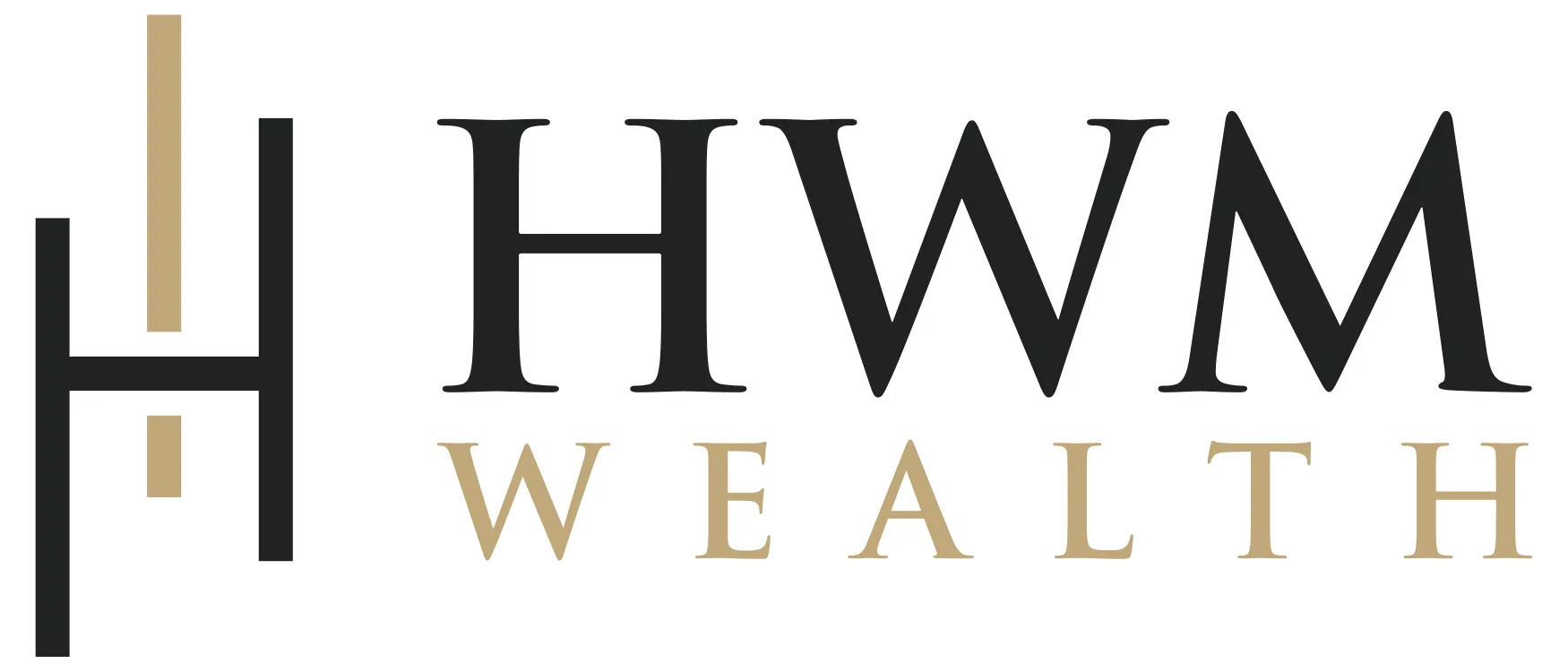06.09.25 -- With the June 16 estimated tax deadline approaching, this is your window to pause and plan. Mid-year is when you still have time to shape the outcome—not just react to it.
These five conversations can lead to real savings. They're the kinds of check-ins I love having with CPAs—because there's still time to make meaningful changes before year-end.
1. Is my business structure still serving me? Your business has grown since you first chose your entity type. Your income has grown. And the tax code has evolved in your favor in several ways.
Here's an opportunity most business owners miss: "LLC" isn't a tax election—it's just a legal wrapper that gives you flexibility. You can elect how your LLC gets taxed, and each choice opens different doors.
Example: A consultant making $100K through a single-member LLC currently pays about $14,100 in self-employment tax. Elect S corp status for that same LLC? That SE tax drops to around $4,000 because only W-2 wages get hit—distributions don't. That's over $10K back in your pocket. However, electing S corp status adds complexity: payroll, separate tax filings, and tighter compliance—and it only makes sense when the numbers justify the extra admin.
Ask your CPA: What structure would work best for my business today?
2. Are we optimizing for the QBI deduction—while it lasts? If you own an S corp, LLC, or partnership, you might qualify to deduct up to 20% of your business income. That's the potential for massive savings.
While this deduction is set to expire after 2025, planning proactively puts you in control either way.
Ask your CPA: How can we maximize my QBI deduction this year and protect it going forward?
3. Am I using the right retirement plan for this income level? Retirement contributions are one of the most powerful wealth-building tools available to business owners—tax-deferred growth while reducing your current tax bill.
A few opportunities:
- Solo 401(k) if you're flying solo — save up to $70,000 in 2025 (or $77,500 if 50+)
- Safe Harbor 401(k) if you have employees but want to max your contributions without compliance headaches
- SEP IRA for simple, flexible employer-only contributions — ideal for solo or small teams
- Cash Balance Plan if you're looking to contribute $100K-$300K+ pre-tax in high-income years
Ask your CPA: What's the maximum I could contribute this year, and let's discuss these plan options?
4. Should I shift income or expenses across the calendar? Strategic timing can shift thousands between tax years—legally and effectively. If you have a strong year you might benefit from pushing some revenue to January and accelerating expenses. Slower year? Bill now and time larger expenses for next year when you'll likely be in a higher bracket.
Ask your CPA: How can we time income and expenses to minimize my overall tax burden?
5. What deductions am I missing? You may be eligible for more deductions and credits than you're currently claiming. The key is tracking and documentation. Examples: home office expenses, business mileage, software subscriptions, business phone usage, professional development. Bigger opportunities: R&D tax credits (broader than most think), Work Opportunity credits for new hires, cost segregation studies for real estate.
Ask your CPA: What additional deductions and credits could we claim this year?
Small tax planning moves in June can create significant savings by December. Great tax strategy isn't about scrambling—it's about year-round planning with your CPA and financial advisor to keep more of what you earn.
Part 2 will show you how Roth conversions, charitable strategies, and real estate moves can reshape your tax picture.
Please consult with a qualified CPA for tax advice specific to your situation.

